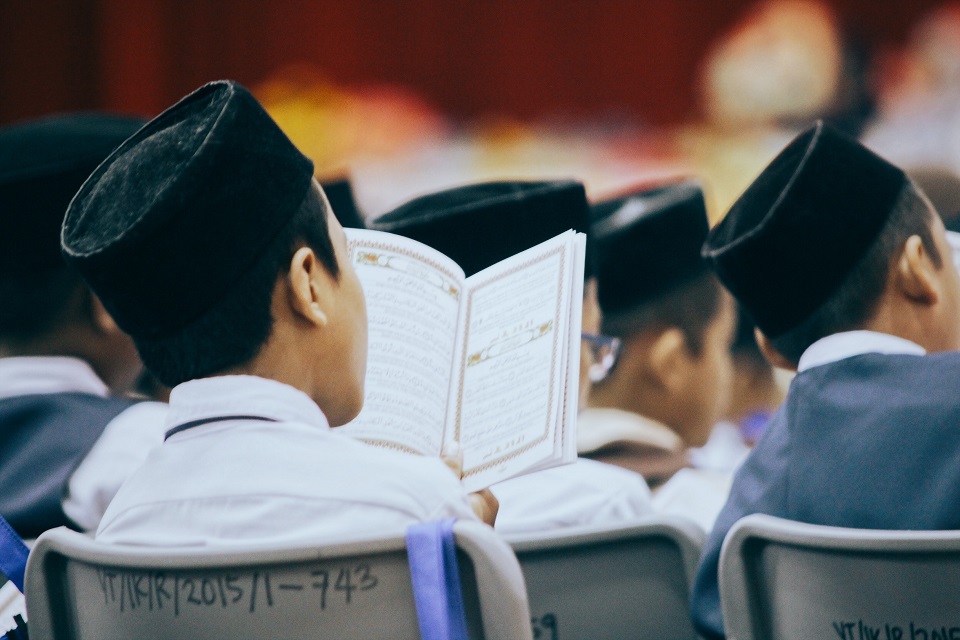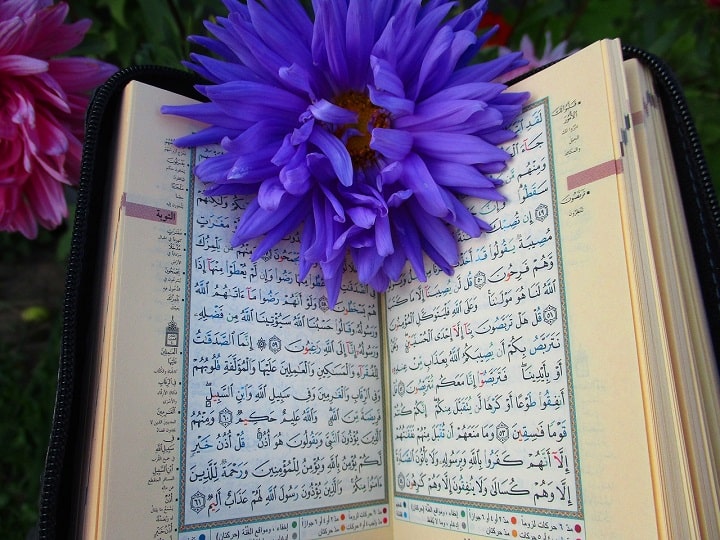The Quran can be read in ten different recitations (Qiraat) styles. This indeed is a blessing from Allah where He has provided the opportunity to the slave to learn at his ease. Each Qiraat is then transmitted via a riwaya (narration/transmission) named after its primary narrator.
Each of the riwayas is the whole of the Quran as recited by a master in all the variants, which are transmitted from him. The forms of each recitation are referred to by the notable students of the master who recited them. So, we will find the turuq (transmission lines) of, e.g., Al-Shatabi, Al-Durrah, etc., the student of the master.
Then under the turuq, there are also the wujuh. We find the wajh of so-and-so from the tareeq (singular of turuq) of so-and-so. There are about twenty riwayats and eighty turuq.
The difference between the turuq and wujuh under a riwaya are so slight as to be almost imperceptible. The difference between two Riwayas under one qira’t is less as compared to the difference between the two or more qiraat.
After the spread of Islam, it came out to be that people belong to different tribes, speaking different languages along with the different dialects. From there onwards, the need to recite Quran in different styles came into existence henceforth, helping people to read the miraculous speech of Almighty Allah with high proficiency and with ease.
It is the excellent hard work of the scholars of Muslim Ummah who pen down all the rules of tajweed in all the ten recitations with great responsibility and spread the knowledge to their knowledge seekers, which ultimately, down the line came to us.
Quran Memorization is also offered in ten authentic recitation styles after which the student can get an Ijazah as well. Each qiraat consists of its own rules of tajweed, and it’s named after qari’ or recitor who became famous in reciting in a particular manner. These qiraats are further categorized into two types:
1. Mutawatir:
A transmission which has independent chains of authorities, widely spread as to rule out the possibility of any error and on which there is an agreement among the scholars, worldwide. These are seven qiraat; Qira’at of Imam Nafi’, Ibn Kaseer, Abu’ Amr, Ibn ‘Aamir, ‘Aasim Al-Kufi, Hamzah and Al-kisai’.
2. Mashhur:
Not as prominent and widespread as compared to the mutawatir ones, because of weakness in their transmission chain, but still so extensive as to make error highly questionable. These are three qiraat; Qira’at of Abu Ja’fer, Y’aqub and Khalaf.
A short description of each qari’ along with their two narrators is, pictorially described below:























